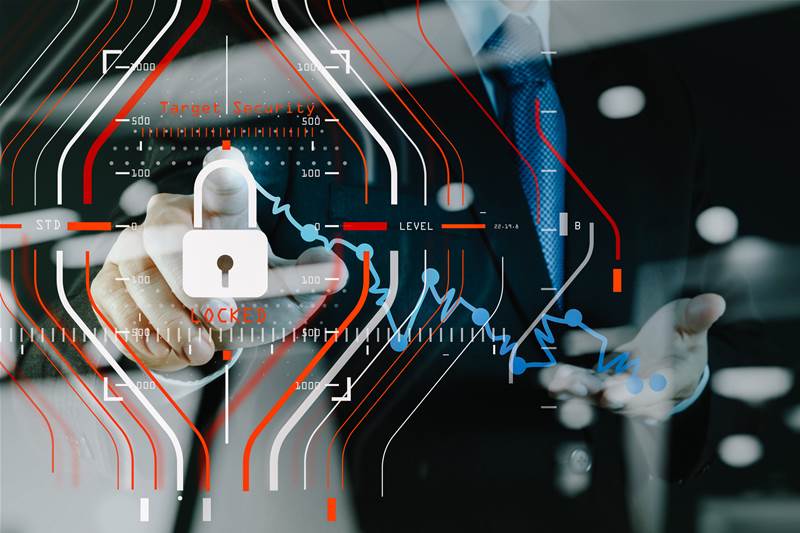The global pandemic has created the perfect environment for cyber criminals to thrive –forcing companies to accelerate digital adoption to ensure business continuity and at the same time, implement cost cutting measures that weaken their cyber security architecture.
“We need a paradigm shift in how cyber security is valued in dollars and cents. What’s often overlooked is the hefty financial losses of a cyber-attack, be it in terms of lost work hours, reputation damage, or even financial penalties imposed by authorities,” explains Jonathan Tan, Managing Director of Asia at McAfee Enterprise.
“Cyber security must be front and centre of every business strategy. Technology leaders need a seat at the C-Suite table to educate top executives on why investing in cyber security makes good business sense,” said Tan.
Heighted Focus on Key Industries
The holiday season sees a significant impact on industries coping with the increase in consumer demands. Nearly all Singapore organizations (92%) are anticipating a moderate to substantial increase in demand during the 2021 holiday season.
This year, the “everything shortage” is real – from a shortage in workforce to limited supplies to lack of services to deliver goods. This creates an urgency for organisations to have actionable security plans and to effectively contain and respond to threats.
Ecommerce & Retail
According to a 2021 study by Facebook and Bain & Company, ecommerce sales in Southeast Asia will nearly double to reach US$254 billion by 2026. Even with the lifting of pandemic restrictions and reopening of brick-and-mortar stores, the shift to online shopping in Southeast Asia has only continued to accelerate.
Riding on the holiday season, year-end mega sale festivals such as 11.11 will likely see a surge in ecommerce traffic and sales, making the industry a prime target for cyber criminals. According to McAfee Enterprise COVID-19 dashboard, the global retail industry accounts for 5.2% of the total detected cyber threats. Such threats include compromised payment credentials and cloud storage, as well as other forms of retail fraud and theft.
Travel
Cyber threats aren’t new to the travel industry – airports, airlines, travel sites and ride sharing apps have been victims in years past. However, this industry has been in a holding pattern because of travel restrictions. According to a United Nations report, Southeast Asia could suffer an 8.4% loss to its Gross Domestic Production (GDP) due to the pandemic.
The government’s reopening strategy, such as the extension of Singapore’s vaccinated travel lane scheme to 13 countries, is expected to unleash pent-up demand for travel that will uplift sales and booking.
As the demand for holiday travel will increase over the coming months, the reality is that cyber criminals are following the trends of limited flight options due to labour shortages, supply chain issues, new travel bans and vaccination requirements and profiting from vulnerabilities as much as they can.
Supply Chain & Logistics
According to BCI’s Global Supply Chain Resilience Report 2021, 27.8% of organisations reported more than 20 supply chain disruptions during 2020, up from just 4.8 percent reporting the same number in 2019. The loss of manufacturing and logistics capacity and employee-power, paired with increasing demand for goods, has created the perfect attack vector for cyber criminals: a potentially weak and vulnerable infrastructure to break through.
Supply chain managers must identify risks, understand the potential downstream effects of a security breach or cyberattack, and prepare response plans so that they can act quickly in the event of an incident.
Yet, many companies have not effectively prioritised security during the pandemic. A study of more that 1,400 IT and business decision makers by McAfee Enterprise and FireEye revealed that while 62% of them have suffered from downtime due to a cyber concern, costing some over $100,000 USD, 31% have had their technology and security budgets reduced.
“Prioritising cyber security does not necessarily have to translate into skyrocketing costs. Not all data is equal, and hence a tiered approach to cyber security can help to protect a company’s most critical assets while ensuring that cyber spending is proportionate to risks. Using advanced cyber security technology with AI-driven automation can help detect fast-evolving cyber-attacks, enabling lean IT teams to strengthen their current security posture, increase staff efficiency and lower operational cost.”









